
Students come to kindergarten on so many different levels! You might have some students who know zero letter names and/or sounds in the same class as students who are able to read entire books. Small group instruction is an incredible way to close those gaps and provide instruction that is specific and targeted to individual needs. But what about whole group phonics instruction? It can be challenging to figure out how to teach phonics to students on different levels in a whole group setting. But, many teachers have to figure that dilemma out because many schools have that time built into their schedule by administration or even state requirements.

As a kindergarten teacher and former special education teacher, I have had many opportunities to figure out how to teach phonics to a whole group of students on different levels.
Instructional time is so precious, and I never want to waste a minute. But yet, that’s what I felt like I was doing many days during phonics time. My students who needed extra support often appeared to be lost, and my high kids appeared to be bored! That was the daily sitch until I figured out some of these differentiation techniques that I am going to share with you!

When figuring out how to teach phonics to a whole group of students, I like to start with seating!
This is going to be obvious, but I have to mention it because it plays a key role in how I recommend differentiated content. Put the students who need the most support closest to the front. They need to be right up next to you, so you can give immediate feedback and support to them.
Beyond that, I like to put my students who are doing really well with the “on-grade-level” content in the middle, and students who need enrichment in the back. No, I’m not putting them to the back because I’m going to give them less support, but as I said, this seating arrangement is needed for how I teach phonics with differentiated content.
This works really well if you teach phonics on the carpet of a central meeting place. And, in my class, our phonics seats are different than our “regular” carpet spots. If your students are at their desks for phonics instruction, you could assign them a classmate’s desk just for the phonics part of their day.
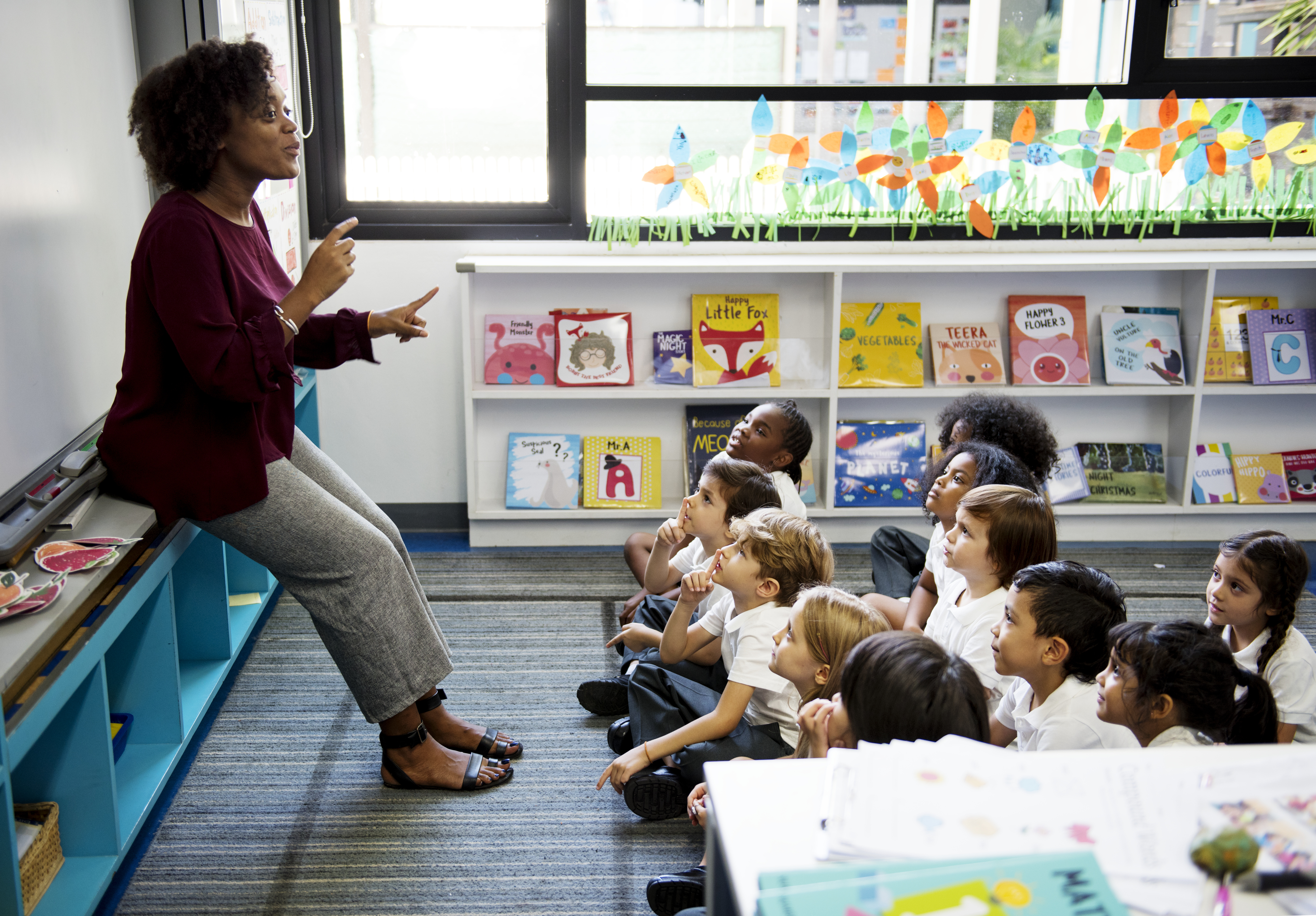
Now, let’s talk about differentiation of content
Have you ever heard of DOK levels? (DOK stands for Depth of Knowledge). A quick Google search will give you a ton of examples, in fact, click here for a pretty good resource. Basically, it’s a way to organize academic tasks by the amount of cognitive power they require. Very similar to Bloom’s Taxonomy if you are a fan of that. DOK levels help to differentiate on the fly (or more thoughtfully if you have the luxury of time) and provide all your students with a task that will help them grow as a learner.

Here’s how I use it with my kinders. I provide the whole class with a basic recall task. For example, we have dictation practice with each of our phonics lessons. Let’s say we are working on the digraph sh. So I’ll ask the whole class to pound and tap to hear all the sounds and encode the word ship. My first teacher move is to ask those kiddos right next to me, (you know the ones who need a little extra support) what the first sound is, then brainstorm the grapheme that makes the sound, repeating this process through the word.
Meanwhile, I am looking at that middle/back section’s work. Praising great things and correcting the few e/i mix-ups that I see. The middle and end sections of my class will finish long before the group that I am supporting a bit extra, so I think about my DOK levels and give those groups a task with a higher DOK level. For instance:
- I say, “Okay when you have “ship” written, see if you can come up with 3 more sh words.” As students completed that task, I would give another and another each time increasing the DOK level a bit.
- “Oh! You came up with five more words, great!” Share them with a partner and decide if they are real or nonsense words. “
- “After sharing with a partner, read their list and choose one word to use in a sentence. See if your partner can write your sentence.”
- “Your partner wrote your sentence, Oh! See if you can write one that they give to you!”
- Those sentences are great! Here’s a challenge! Can you write a two-syllable word with sh?
Also, I just want to note it is so important to build confidence any chance you get. That’s why I say “When you finish- [Do this}”. Instead of calling students by name to assign higher DOK tasks. It’s a way to give further instruction to certain kids without really drawing attention to them by name.
Last, but not least, here are some ways that you can support students with accommodations.
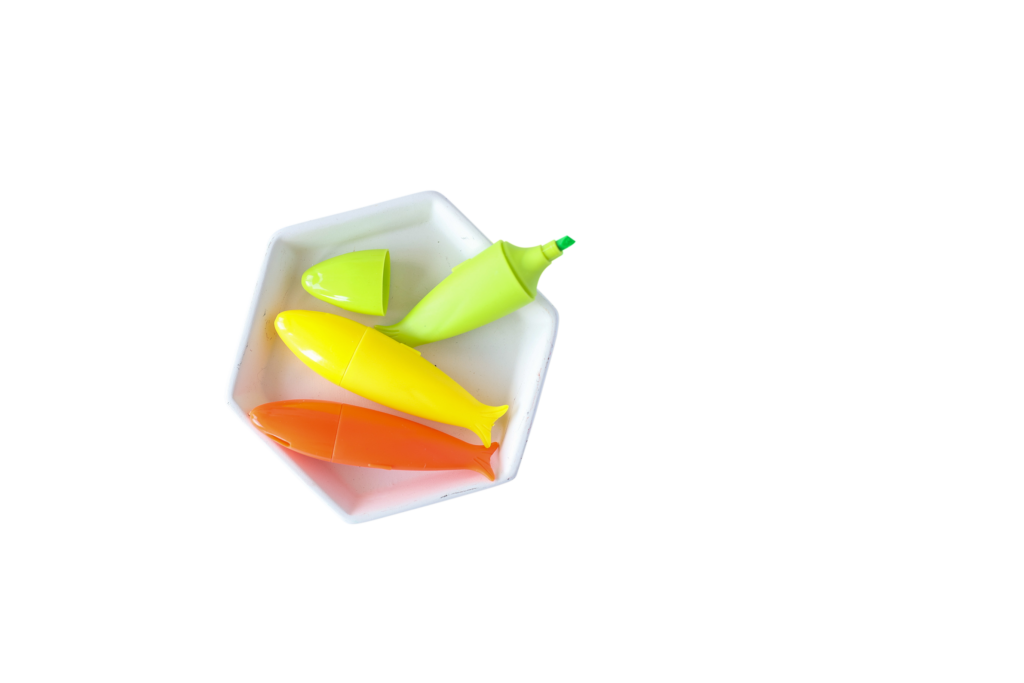
- Provide an alphabet or sound wall chart for students to grab and reference as needed
- Use a highlighter to provide feedback when correcting student work, or…
- Write graphemes for students to trace
- Mark out problems or sections that students can omit
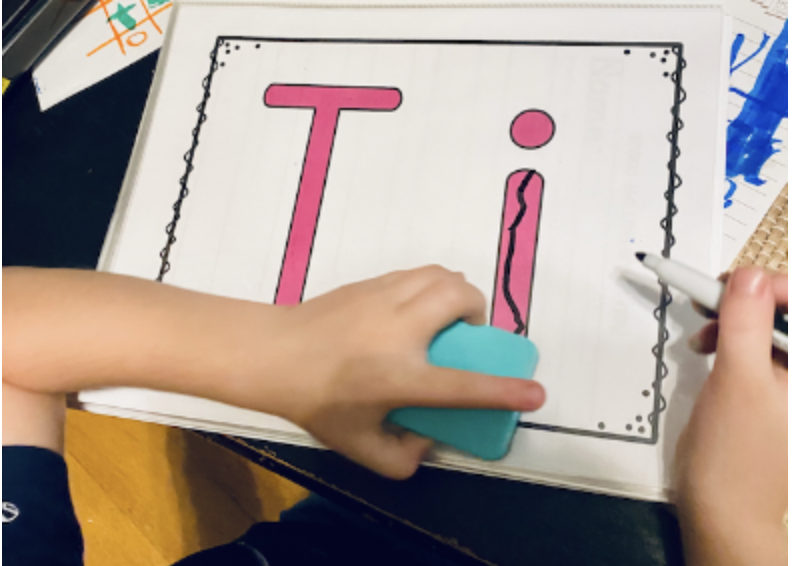
Let’s think through peer tutoring.
So I used to be a big fan of paring an advanced student with someone who might need their support. Full disclosure, as a sped teacher, I thought that all time and resources needed to be put into helping students with disabilities. Then, I became a momma of kiddo who excelled and was usually above-grade-level content. Then, as a mom, I began thinking that my son deserves to grow and reach his personal best. For this reason, I use peer tutoring sparingly. Most often I pair kids with a peer which will results in meaningful conversations and each of them growing. Thus, as the teacher, my first move is to support those who need the most support, while keeping an eye on everyone else at the same time. By pairing students in this manner, I am giving everyone a chance to meet their own personal best.
I would love to help you as you navigate how to teach phonics to a variety of kiddos!
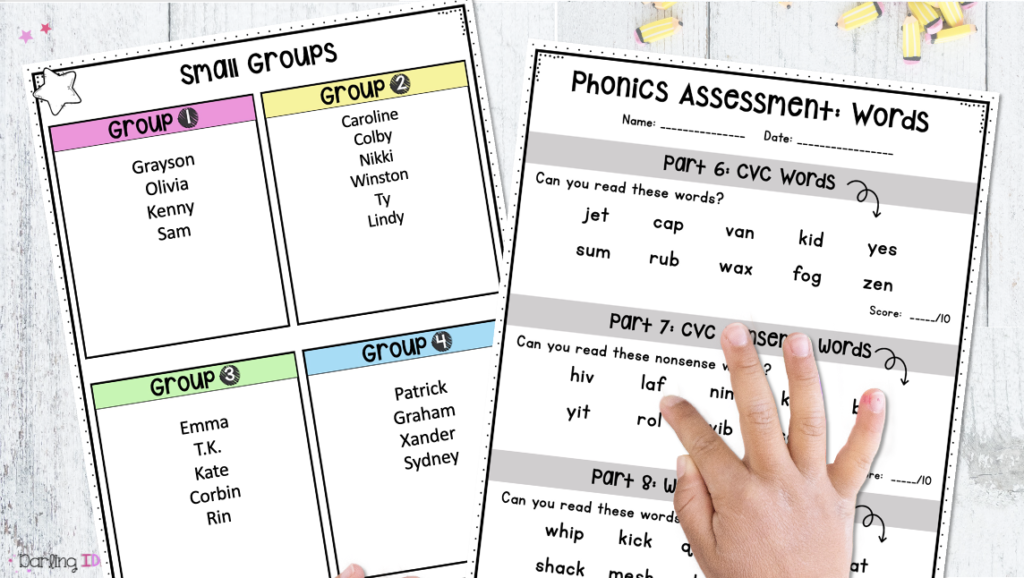

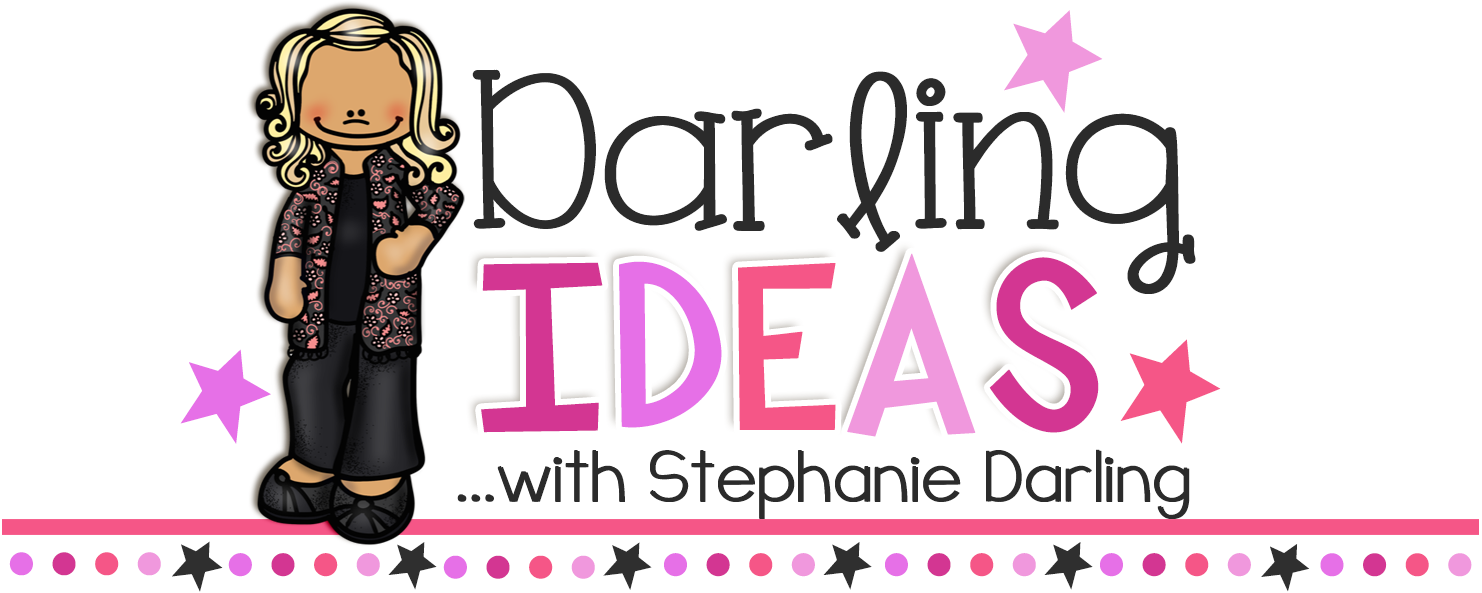
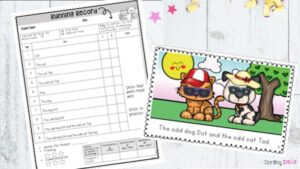

No Comments